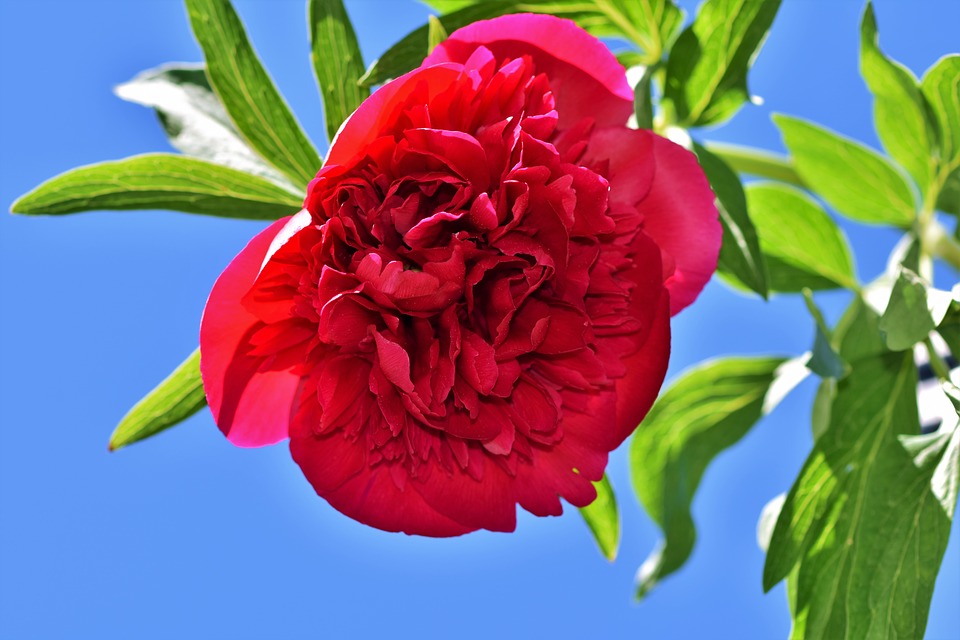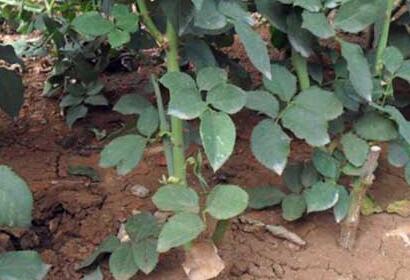How many cauliflower seedlings? What is the planting time and method? What if there are diseases and insect pests?
Cauliflower, also known as golden needles, brain-strengthening vegetables, forgettable grass, etc., is a perennial perennial root herb of the lily family, which is cultivated all over the north and south of our country, so how many seedlings of cauliflower? What is the planting time and method? What if there are diseases and insect pests?
First, how many cauliflower seedlings?
The price of cauliflower seedlings is about 0.05-0.10 yuan per plant, but it varies with the quality, specification, origin and market of the seedlings. Cauliflower is resistant to barren and drought, not strict to soil, can be cultivated in geography or hillside, can be intercropped with taller crops in a wide range of light, can be intercropped with taller crops, is not resistant to cold above ground,-10 ℃ low temperature in underground part, and avoids excessive moisture or stagnant water in soil. The common propagation methods in production are ramet propagation, cutting propagation, seed propagation and so on.
When is the best time to plant cauliflower?
Cauliflower is still a kind of seasonal vegetable in the market, and it can be produced only in a certain season. Cauliflower is usually produced from June to August. Cauliflower can generally be planted for two seasons, so spring and autumn are the normal planting time for cauliflower. Its growing period is divided into seven stages, namely, budding, leaf spreading, bolting, flowering, leaf withering, leaf spreading and dormancy in the coming year. This also shows that the planting of cauliflower can continue the harvest for several years, which is very affordable.
Third, how to grow cauliflower?
1. Land selection and preparation
Cauliflower is not very strict with the sudden requirements. Its ability to resist barren and drought is very strong, and its life span is relatively long. It can generally grow for five to eight years, so it is more planted alone in hillsides, mountains, and other areas. However, if you can plant in places where the soil is relatively loose and fertile, it will grow better, its yield will be higher, and its service life can be extended at the same time. Dig as deep as possible after preparing the ground, so as to avoid the threat of some insect pests and prevent lodging at the same time.
2. Planting mode
There are two ways of planting cauliflower, the first is to sow and raise seedlings, put the seeds of cauliflower into the seedling bed, and wait for the advantages of the seedlings for transplanting, but this method has two disadvantages, that is, the yield is not high and the quality is not good. Secondly, it will not blossom until the third year after planting, and the normal yield can only be achieved in the fourth year, so the first way is generally not recommended. The second way is to propagate through ramets, after harvesting cauliflower in autumn or after dormancy, plant the new roots on the old seedlings separately, so that they can blossom and harvest in the coming year after planting, and the efficiency will be much higher. If there is no old seedling, you can buy it from someone else.
3. Field management
Cauliflower should be planted according to a reasonable density, usually 35 to 40 centimeters apart per plant. The most suitable temperature for the growth of cauliflower is about 15 to 20 degrees, so temperature control is needed during its flowering period, which can promote flowering and improve quality and yield. The most important thing for cauliflower is fertilization management. generally speaking, we have to apply fertilizer three times. The first fertilization is at the time of germination, and the mixed fertilizer of nitrogen, phosphate, potash and urea is used to promote germination and shorten the budding period. The second fertilization generally uses urea and potash fertilizer to promote the growth of new branches, and the last fertilization is at the time of flowering, which is conducive to shortening the flowering period for harvest.

4. Disease prevention
The disease of cauliflower is relatively less, that is, sometimes there are some aphids, or leaf spot disease, so when there are few aphids, you can get rid of insects manually, you should spray dimethoate EC more, and you can't harvest it within half a month after spraying. Secondly, chlorothalonil is generally used for leaf spot disease.
5. Harvesting and processing
Cauliflower usually blossoms at night, so it is usually harvested every morning and withered at noon. If you encounter a rainy day, try to harvest one day in advance, then its growth rate is very fast, if it is still in accordance with the previous time, it will be useless. After harvest, the cauliflower should be processed. It is generally steamed and dried, then dried in the sun, and finally packed.
Fourth, what if there are diseases and insect pests in cauliflower?
1. Rust
When cauliflower is attacked by rust, the leaves and stems infected with the pathogen will produce some spots, the surface will also roll, generally the whole leaf will turn yellow, and even the leaves on the plant will die. The solution is to fertilize reasonably and drain water after rain to avoid stagnant water or too moist soil. Once rust is found, you can spray carbendazim once every 7 to 10 days, 2 to 3 times.
2. Leaf blight
Leaf blight generally harms the leaves of plants, with white round spots at first, then gradually withered, and black mildew if it is too wet. The specific treatment is to spray chlorothalonil on the leaf surface with the same frequency and frequency as above.
3. Anthrax
Anthrax damage is also mainly on the leaves, leaf tips will gradually change from dark green to dark yellow, resulting in small black spots. Even the leaves will die. The specific method of prevention and control is to spray Bordeaux solution of 1purl and 100 or chlorothalonil in time at the beginning.
4. Red spider
When the red spider harms cauliflower, it will suck up juice on the leaves, showing gray spots, and if serious, it will also cause the plant to die. It can be sprayed with 73% propargite 2000 times solution.
5. Aphids
The harm of aphids is usually in May, when sap is sucked from leaves to flowers, causing flowers to fall off. It is recommended to spray with dimethoate.
Time: 2019-03-14 Click:
- Prev

Do you know how to prevent and control these diseases and insect pests that flowers are the easiest to get?
The flowers we cultivate today, whether they are flowers or plants, are introduced into artificial cultivation from the wild state. In the long-term manual and careful management, the resistance of flowers and plants gradually decreased, from not afraid of the wind and rain, the habit of eating and sleeping in the open and became ice and jade, weak. therefore
- Next

Is the price of rose seedlings expensive? How many years does it usually take to blossom? What is the planting method?
Rose is one of the favorite flowers of many female friends today. it can not only be used as an ornamental plant, but also has high economic value. Why do you say that? Rose flowers can be processed into daily chemical industrial products and essential oils, stamens can be dried pharmaceuticals, and so on. Rose is a variety that is easy to plant and manage.
Related
- Fuxing push coffee new agricultural production and marketing class: lack of small-scale processing plants
- Jujube rice field leisure farm deep ploughing Yilan for five years to create a space for organic food and play
- Nongyu Farm-A trial of organic papaya for brave women with advanced technology
- Four points for attention in the prevention and control of diseases and insect pests of edible fungi
- How to add nutrient solution to Edible Fungi
- Is there any good way to control edible fungus mites?
- Open Inoculation Technology of Edible Fungi
- Is there any clever way to use fertilizer for edible fungus in winter?
- What agents are used to kill the pathogens of edible fungi in the mushroom shed?
- Rapid drying of Edible Fungi

